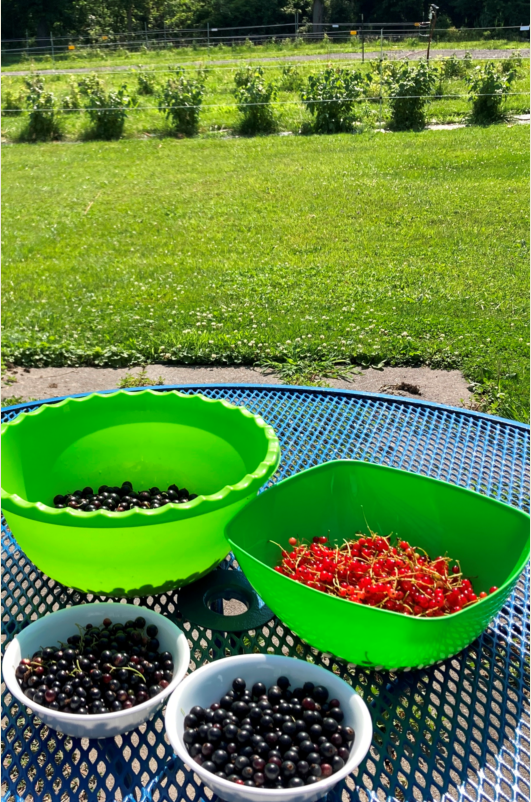About Our Black and Red Currants
Black currants (Ribes nigrum) are a berry widely grown in many European countries with written history reports of their use dating from the 1500s. In modern times, especially in the UK, commercial plantings and the use of black currants were invigorated by the spread of events leading to World War II. England, in particular, was concerned about its ability to obtain vitamin C-rich fruits, which became scarce in WWI, and therefore encouraged black currant production. It should be noted that by weight, black currants contain three to four times more vitamin C than oranges, and they’re rich in minerals such as calcium, phosphorus and potassium, phytonutrients and essential fatty acids. The levels of beneficial antioxidants are twice that of blueberries.
Today, black currants are ubiquitous in many parts of the world—especially in Eastern and Northern Europe, where the succulent berry is eaten fresh, and also used to make jams, jellies, syrups, candies and liqueurs.
The flavor profile of the black currant has been described as understated fruity, earthy, smoky, savory, herbaceous, and even floral – but like grapes that produce fine wines, much of the taste in a Black Currant berry is based on the variety and the soil where it is grown. As we’ll explain later, despite growing in bunches, currants are not grapes!
Why are black currants lesser known in the United States? There’s a good explanation. But first it should be said this was not always the case.
Old herbalist texts from the 1600s describe the medicinal properties of currants, and it was no wonder, then, that a memorandum of the Massachusetts Company includes currants among a list of plants destined for the New World Colonies.
Researchers say the Prince Nurseries on Long Island NY became the first nursery to offer currants for sale in 1770, and by the 1800s and into the early 1900s, black and red currants were widely grown in the U.S. – including New York State. In 1882, The New York Agricultural Experiment Station was established in Geneva NY, and with it, an active breeding program for currants. By 1899, over 12,000 acres of commercial production had been established in the United States, much of it in New York State.
A science mishap: A near national ban on growing black currants, or any variety of ribe for that matter, occurred in 1911 when white pine blister rust, vectored by black currants, threatened the U.S. white pine tree population (a key component of the U.S. logging industry). The federal ban was relegated to state jurisdiction in the 1960s when the fifty year old scientific premise was finally deemed inappropriate – however, black currants remained illegal to grow in New York State. In the USA, even where it was legal to grow currants, few dared. The berry had no real way to regain the popularity it once had, largely due to loss of availability. The historical shock to farmers of having had entire crops ripped from the ground and burned in the early 1920s resulted in serious hesitation to return to currant growing.
Eighty years later, and thanks to years of hard work by Greg Quinn, a Hudson Valley New York farmer, author and chef, the ban on growing Black Currents was overturned in New York State in December 2003. Armed with new varieties of black currants that are resistant to white pine blister rust and powdery mildew, Greg, followed by other national growers, began slowly reestablishing red and black currants as a worthwhile and viable agricultural commodity in the USA. The fact that you’re reading this website today is growing testimony to Greg’s success.
“If Greg was here…” As a side note, we’ve mentioned Greg Quinn is well known for his work with currants – but just as important is a message from Greg about the truth surrounding the “Zante Currants™”. The Zante “currants” sold in grocery stores are actually a variety of small, seedless grapes! Not actual currants. This is a misleading trademark that came about in the 1920s when the USA banned real currants leading to a fruit ingredient vacuum, so to speak – as back then currants were truly desirable and abundant. Marketers then held up the tiny grape raisin as a substitute for real currants in recipes, and even trademarked the name as if it were a currant, even though Zante Currants™ had none of the beneficial vitamins nor the same flavor as real currants.
Our berry farm features varieties of black and red currants historically from Northern Europe, that are resistant to white pine blister rust and powdery mildew. These include Swedish Black, Titania, Risager, Jonkeer von Tets (reds) and Minaj Smyriou (from Bulgaria). In 2023 we obtained the original nursery stock from Whitman Farms in Oregon, and we hope to have new varieties from Poland planted in early 2026 - with the help of Greg Quinn.
Currants are generally propagated through cuttings. To avoid contamination, once the cuttings have rooted and thrived for more than a year, they are dug up and the root system thoroughly washed – then sold as bare root plants that can be replanted in a nearby farm, or even shipped to another state. We received one- and two-year old bare root plants in February 2024, and as soon as the ground thawed enough to work, we planted 135 plants that March. Generally it takes three to four years after such a planting to near full harvest potential. In 2025 we look forward to having small amounts of berries to start analyzing the characteristics of each variety.
In 2026 we expect our berry farm to have sufficient quantities of currants to start meeting customer demand. Regional chefs, bakers, local foodies and even vintners and spirit distillers have already made their interest known, and have encouraged our start up – and have already suggested we expand.
Our berry farm is not a “U-pick” operation, and is not open to the public. Nevertheless, it’s understandable that people can be curious about what we’re doing.
Feel free to reach out to us with any questions and we’ll be happy to answer best we can. Or email address is whatsup@thecurrantsitch.com
Thank you!
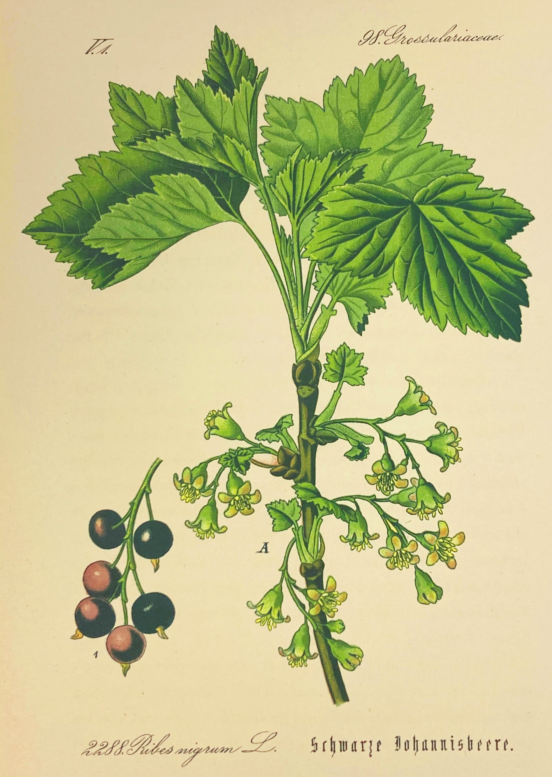
"Schwarze Johannisbeere" Graphic from medical book circa 1860
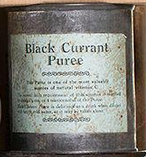
Tin of Black Currant Puree sent to British Prisoners of War in German and French Prison camps by the Red Cross
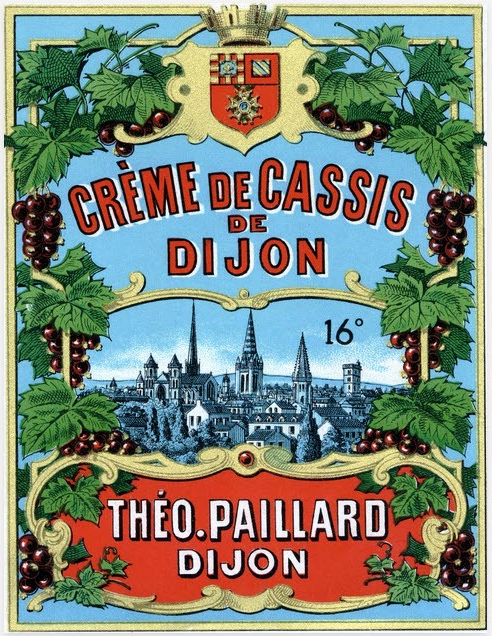
Black Currant 'Adult Beverages' have been recognized throughout History - above French Cassis below German Liqueur
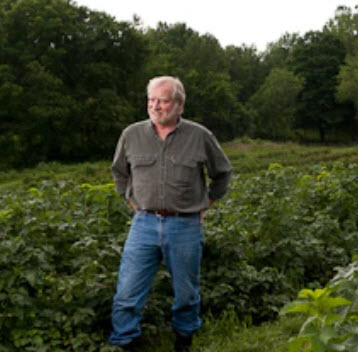
Greg Quinn amongst his 1500+ Currant Plants in the Hudson Valley - New York State
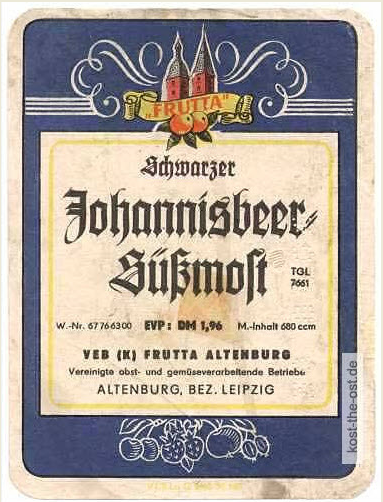
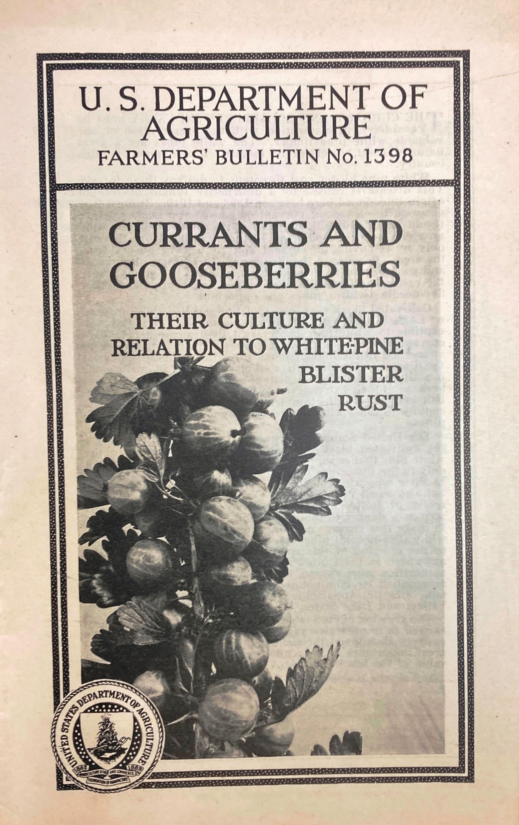
An Infamous 1930's USDA Bulletin Condemning Currant Farming in most of the USA.
